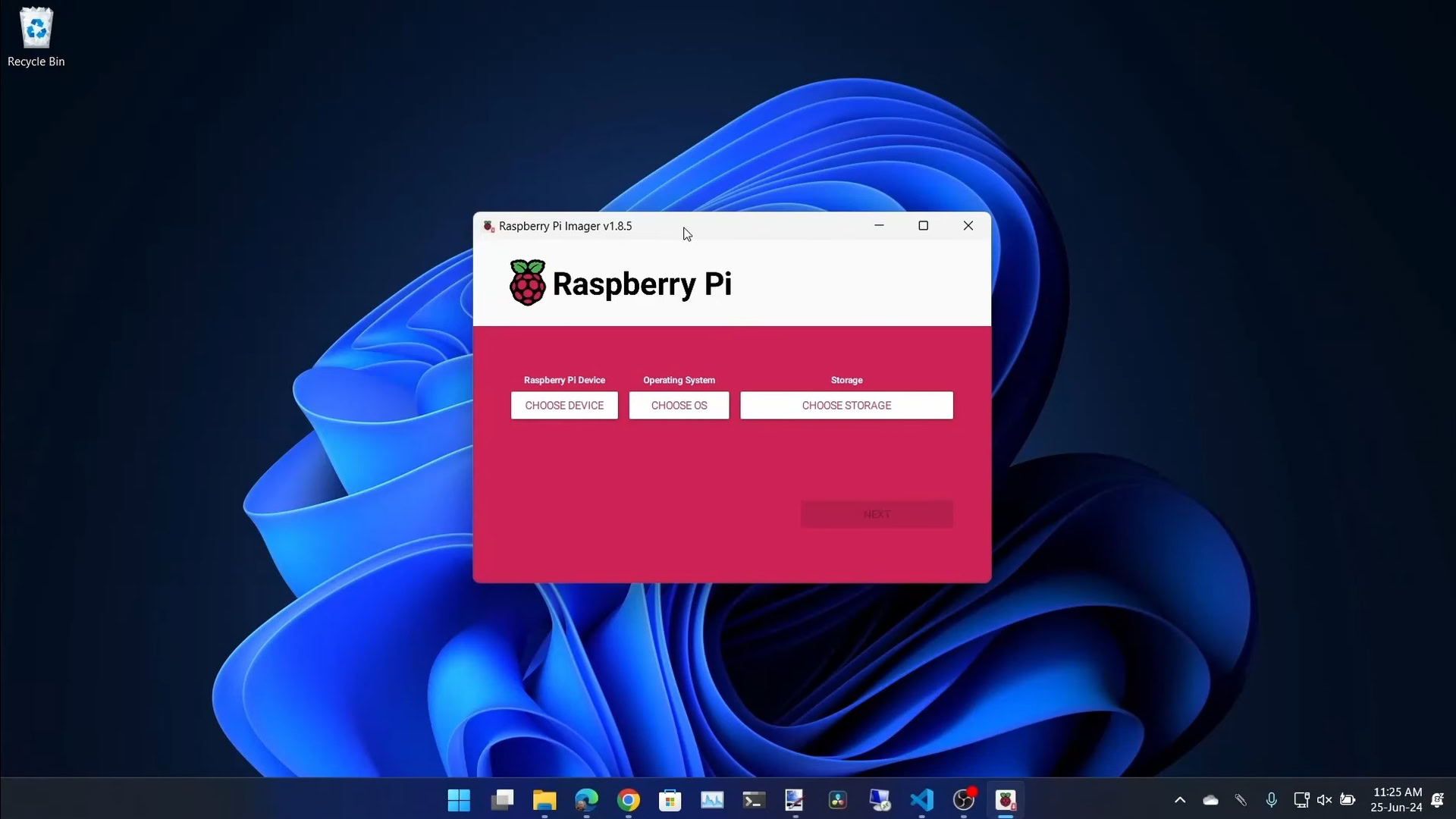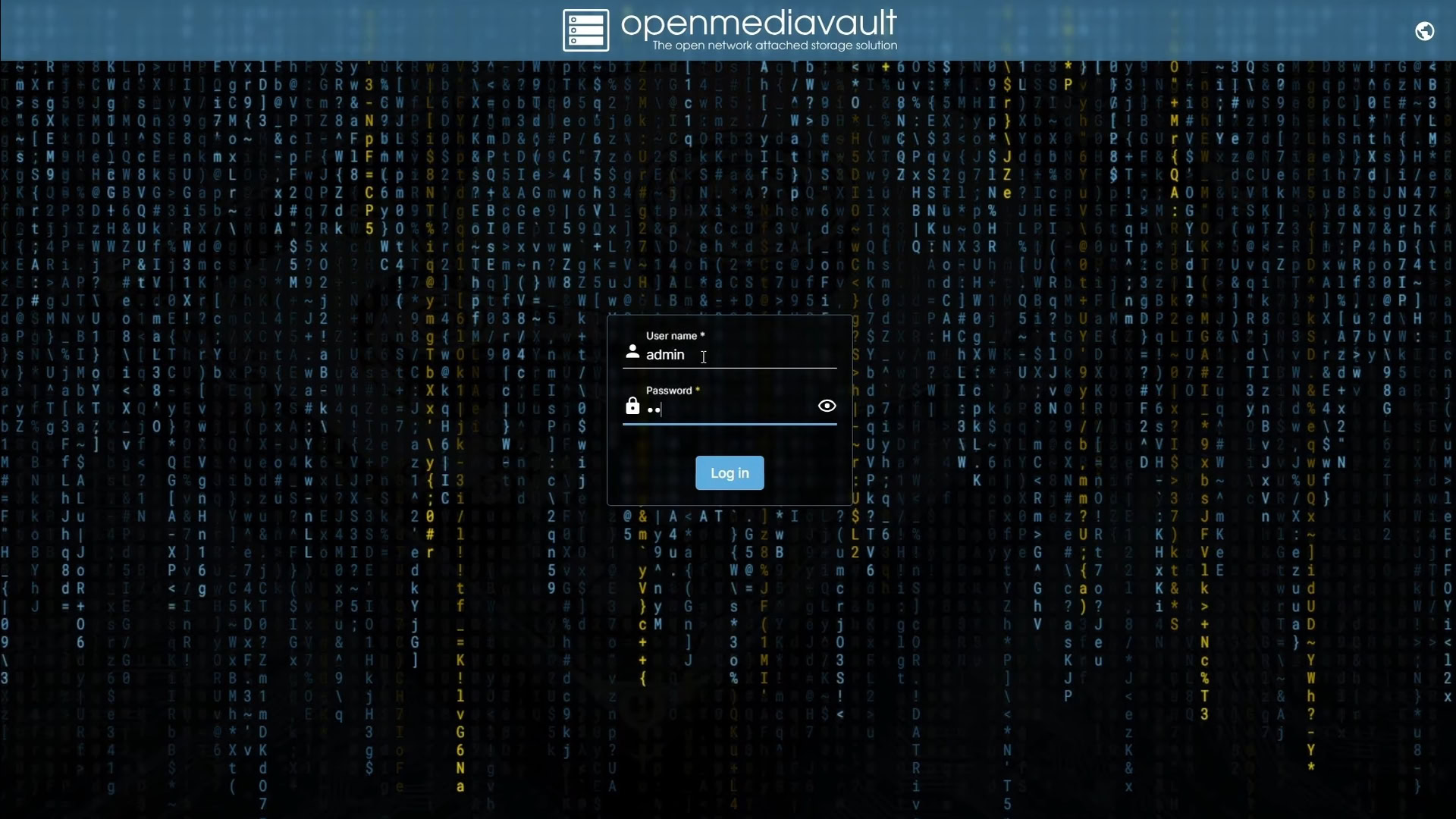Affiliate links on Android Authority may earn us a commission. Learn more.
How to turn DAS into NAS using a Raspberry Pi and OpenMediaVault
Published onJune 28, 2024
Direct-attached storage (DAS), consisting of hard drives or SSDs connected directly to a PC, offers quick access to your files. However, there are scenarios where you might want that storage accessible over a network, especially if you’re building a smart home. Whether you need access from another room or wish to share it among multiple computers, transitioning from DAS to network-attached storage (NAS) becomes necessary.
Recently, I reviewed the TerraMaster Hybrid D8, a versatile DAS unit that supports up to eight drives and offers RAID capabilities. It can connect SSDs, NVMe drives, and traditional hard drives, making it a robust storage solution. But what if you want to make such a device and its storage available on your network?
This guide details converting a DAS unit into a NAS using a Raspberry Pi 5. I’ll explore the differences between DAS and NAS, the required software, and the step-by-step process to network your storage.
How to turn DAS into NAS using a Raspberry Pi and OpenMediaVault
To follow along, you’ll need a laptop or computer, a Raspberry Pi 5 (or Pi 4), a microSD card, and external storage (preferably with a dedicated power supply or a Raspberry Pi power supply that can provide enough power to both). The microSD card will be the Pi’s boot device, while the external storage is the actual storage bank. You’ll also need to install OpenMediaVault, but that step comes later.
For more detailed steps, be sure to watch my in-depth explainer video above.
Preparing the Raspberry Pi
First, you’ll need to initialize and set up your Raspberry Pi.

- First, use Raspberry Pi Imager on your laptop or PC to install Raspberry Pi OS Lite 64-bit on your microSD card. I opt for this version of the OS because it’s lightweight, and a heavier build isn’t needed for our purpose.
- Once the OS is installed, insert the SD card into the Raspberry Pi, boot it up, and complete the initial setup (which includes picking a keyboard, selecting a username, and confirming a password).
- Next, you’ll need to install OpenMediaVault. To do so, run the following command:
wget -O - https://github.com/OpenMediaVault-Plugin-Developers/installScript/raw/master/install | sudo bash
- Wait a few minutes for OpenMediaVault to install. During this time, your Raspberry Pi will reboot. After this, you will be shown your Raspberry Pi’s IP address and the default username and password for OpenMediaVault. Make a note of these details.
- Next, grab your laptop or computer. Open your browser and point it to the IP address you just noted. When the OpenMediaVault login screen appears, log in using the provided username and password.
- Once logged in, you can head to Network > Interfaces within OpenMediaVault, change the network preference from DHCP to Static, and assign a dedicated IP address. This will ensure your Pi remains accessible at the same IP address every time you log in.
- Once you’ve updated the network settings, apply the changes. To reaccess OpenMediaVault, point your browser to the IP address you set. You can also change the device’s hostname to something more familiar. You can find these settings in Network > General > hostname.
Configuring OpenMediaVault storage
Once installed, you’ll need to configure OpenMediaVault to manage your NAS.

- To make your NAS visible to Windows machines, you must enable SMB/CIFS support. To do so, go to Services > SMB/CIFS > Settings > select the Enabled checkmark and click Save.
- Next, you’ll need to create a user. Click Users > Users > click the + icon to create a new user or the pen icon to edit an existing user. Ensure you set a password to ensure that Shares are accessible and secure.
- Before creating an accessible share, you must create a file system. Head to Storage > Disks. Identify the disk you want to use, wipe any existing data if necessary, and create a new file system using the format of your choice. I opted for ext4. Once formatted, you can then mount the drive.
- Next, create a Shared Folder. Access this facility through Storage > Shared Folders > click the + icon to create a new Shared Folder. Name the folder, select the file system you created, and select the desired privileges.
- Now that you’ve created a file system and a Shared Folder, you can create a Share. Go to Services > SMB/CIFS > Shares > click the + icon to create a new Share. Select the Shared Folder you just created and set your configuration preferences.
- Finally, to check if you’ve configured your OpenMediaVault NAS properly, navigate to the IP address of your Raspberry Pi from File Explorer on a Windows machine, log in with the user credentials, and access your shared folder.
- You can now read and write files to your NAS.
Transforming a DAS unit into a NAS using a Raspberry Pi is a practical solution for making your storage accessible across a network. While there are speed trade-offs, the convenience and flexibility of networked storage make it worthwhile. It’s also an incredibly cost-effective alternative to traditional NAS devices.